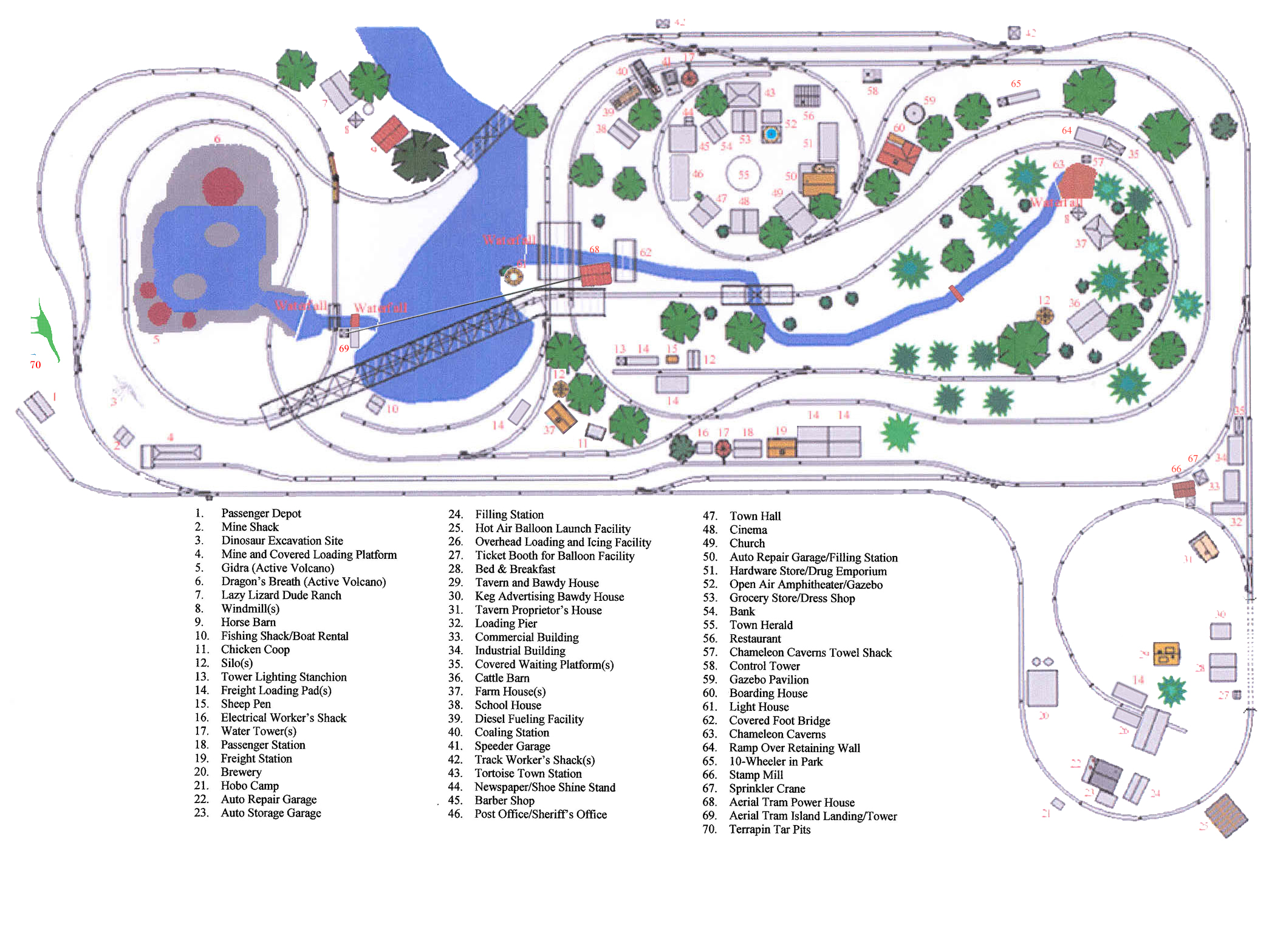Devon Sinsley said:
David Maynard said:
Wow! Its like a scissors Wye, but with the point folded back. I wonder…
I would love to build that for my club, and then watch as operators get totally confused as to how to operate the thing. (http://largescalecentral.com/externals/tinymce/plugins/emoticons/img/smiley-wink.gif)
And you think I am sick??? That would be a track laying nightmare. At least to my uninitiated eye.
Actually in this case I would select the approximate center point of the configuration in Google Earth (GE) zoom to a point where all required elements are on the screen, grab the screen, import to CADrail and overlay the track.
(http://www.largescalecentral.com/externals/tinymce/plugins/emoticons/img/smiley-wink.gif)(http://www.largescalecentral.com/externals/tinymce/plugins/emoticons/img/smiley-laughing.gif)
It is amazing how well GE works if a GIS map is not available.



 No engine house near the wye thou. I believe that the steamer probably runs from the big city out to the branch, turns on the wye and then heads back to the city. 80 mile round trip.
No engine house near the wye thou. I believe that the steamer probably runs from the big city out to the branch, turns on the wye and then heads back to the city. 80 mile round trip.